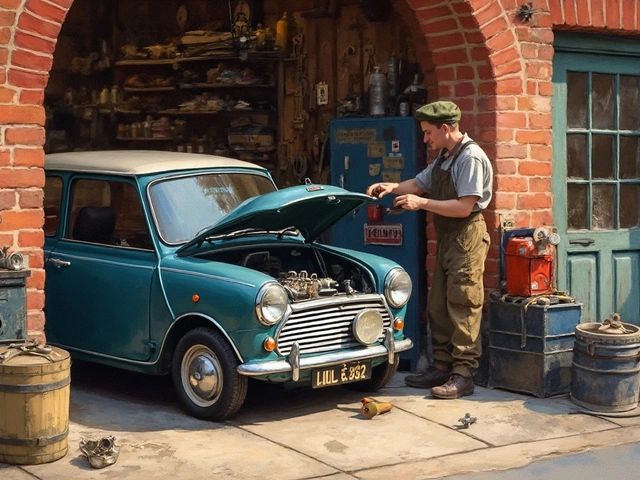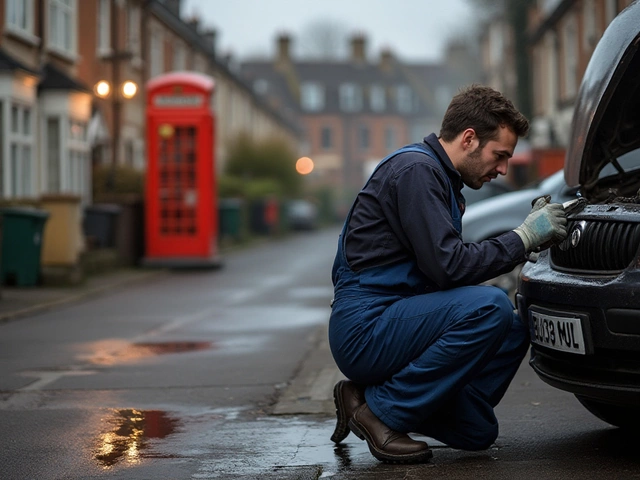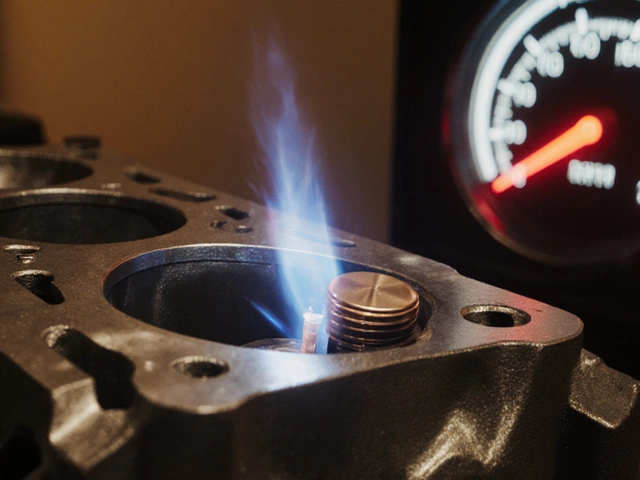HVAC Filter Basics: What You Need to Know
Every time you turn on the heater or A/C, the HVAC filter is working behind the scenes. It traps dust, pollen and other junk before it reaches the cabin, so you breathe cleaner air. A clogged filter makes the system work harder, which can raise fuel use and leave the interior smelling stale. That’s why checking the filter regularly should be part of your routine car care.
How to Choose the Right HVAC Filter
Start by looking at the size printed on the old filter or in your owner’s manual. Most filters are rectangular and come in a few standard dimensions, but a quick glance will tell you the exact fit. Next, decide on the filter rating. The most common rating system is MERV (Minimum Efficiency Reporting Value). A MERV 8 filter catches most dust and pollen, which is plenty for everyday driving. If you have allergies or drive in dusty areas, a MERV 11 or 13 filter gives better protection, but make sure your HVAC system can handle the extra resistance.
Another factor is the material. Paper filters are cheap and easy to replace, while electrostatic or pleated filters last longer and capture finer particles. If you’re on a tight budget, paper works fine; if you want fewer changes, go for the higher‑grade option.
Step‑by‑Step Filter Replacement
Replacing the HVAC filter is a quick job you can do in ten minutes. First, locate the filter box – it’s usually behind the glove compartment or under the dashboard on the passenger side. Open the compartment, pull out the old filter, and note how it’s sitting (which side is up). If the filter looks dirty or you’ve driven more than 12,000 miles since the last change, it’s time for a new one.
Slide the new filter in, matching the airflow arrows printed on the frame. Close the compartment, and you’re done. Turn the A/C or heater on for a few seconds to make sure air is flowing freely. You’ll notice a fresher smell and the system will feel less strained.
Keep a simple log on your phone or a sticky note on the dashboard. Write the replacement date and mileage, then set a reminder for the next change. Most experts suggest swapping the filter every 12,000 miles or once a year, whichever comes first. If you drive in heavy traffic, near construction sites or have pets that shed, you might want to check it every six months.
Why bother? A clean HVAC filter improves cabin comfort, reduces eye irritation, and can even boost fuel efficiency by a few percent. It also protects the blower motor from dust buildup, extending the life of your heating and cooling system.
In short, the HVAC filter is a cheap, easy part that gives big rewards. Pick the right size and rating, replace it on schedule, and you’ll enjoy fresher air and a healthier car interior. Need more tips on car maintenance? Check out our articles on air filters, cabin air quality and simple DIY fixes – they all tie back to keeping your ride running smooth.
 20 May 2025
20 May 2025
Air Filter Size: How Do I Know What to Buy?
Ever stared at your dirty air filter and wondered what size to get? This article shows you exactly how to find the right air filter size for your home system. Learn the difference between nominal and actual sizes, and find out what those numbers on your old filter mean. Pick up tricks to avoid common mistakes, and get answers to questions like, 'What if my size isn't available?' Buying a new filter doesn't have to be confusing or expensive.






0